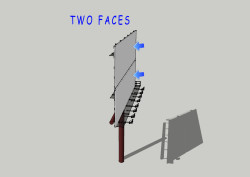Podcast: Play in new window | Download
Vegetation Management is fundamental to the success of an Outdoor Advertising firm; it clears the way for viewing zones and creates a more appealing signage presentation and location for their clients. But what does Vegetation Management include and how does one apply and get permitted in Georgia, whether in Athens or elsewhere in the state? Vegetation Management for Outdoor Advertising is the process of cutting, pruning, or applying herbicide treatment to vegetation blocking the viewing zones for billboards alongside roads or highways. Viewing zones are determined by a professional and licensed surveyor. These viewing zones depend on the height of the structure and the type of sign. There are several different types of billboards, mainly differing by the number of faces: double-faced, double-faced and stacked, four faced, four faced and stacked, single faced, and tri-sided faced. The number of faces is directly related to the number of viewing zones:
After the viewing zones are determined, a viewing zone inventory sheet showing the existing trees is completed by a certified arborist or forester. This sheet shows the Target Viewing Zone and the tree sizes and quantities that are to be removed or pruned. These trees in the Target Viewing Zone will then be quantified and sized on a separate chart from the trees outside of the Target Viewing Zone. The arborist or forester must certify that this information is complete and accurate.
Next, the arborist or forester determines the best option for vegetation removal, whether its pruning, removal, or chemical use. This information will be included in the Georgia DOT Work Plan for Vegetation Management, which also includes “contact information for the tree-removal crew, equipment to be used on site, and chemical treatment proposed along with current copy of the pesticide applicator’s license”.
Another obstacle the application presents is an Environmental Impact Checklist. This checklist reviews any potential environmental impact to the area during vegetation removal which includes the existence of wetlands, bodies of water/stream buffers, and marked environmentally sensitive areas (ESA’s). If the checklist indicates involvement of potential impact, the applicant may be required to provide additional submittals as required by the District GDOT Environmentalist. Also, a professional may need to be hired to complete further studies.
A Certification of Sign Height is also required in the application and is critical to the allowance of vegetation removal. This document must be signed by a registered surveyor.
These are a few of the critical elements required for the new 2013 GDOT Application for Vegetation Management for Outdoor Advertising Signs. Outdoor Advertising firms have been waiting years for the capability to remove or prune the vegetation blocking the viewing zones of their billboards, and now that the hold on applications has been lifted, the new application is available and being accepted by GDOT. Complying with the regulations that govern tree removal and pruning in the DOT rights-of-way can be a difficult and time consuming task. W&A Engineering is here to help! We have the experience, licenses, certifications, registrations, insurance, equipment, technology, and staff necessary to complete the application process, all under one roof!
To learn more about how W&A Engineering can help your outdoor advertising firm visit http://www.waengineering.com/services/outdoor-advertising/vegetation-management/
For more information on Vegetation Management for Outdoor Advertising and the permitting process in Georgia, please visit http://www.dot.ga.gov/doingbusiness/permits/vegetation/Pages/default.aspx






